Home>Ideas and Tips>How To Choose The Right Paint Colors For A Retrofuturistic Dining Room
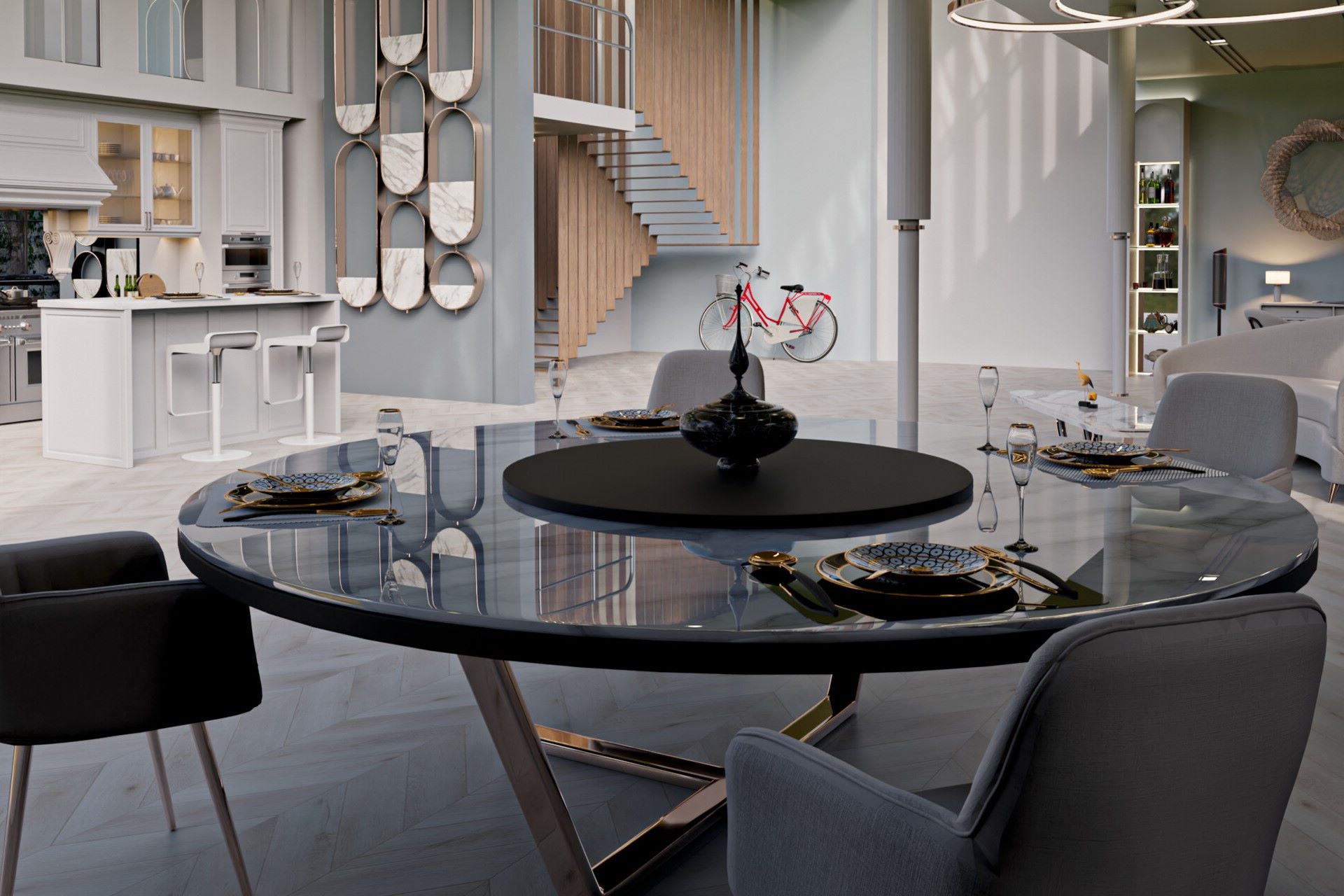

Ideas and Tips
How To Choose The Right Paint Colors For A Retrofuturistic Dining Room
Modified: November 1, 2024
Discover how to select the perfect paint colors for a retrofuturistic dining room, blending nostalgic charm with futuristic flair for a unique, cohesive space.
(Many of the links in this article redirect to a specific reviewed product. Your purchase of these products through affiliate links helps to generate commission for Storables.com, at no extra cost. Learn more)
Creating a retrofuturistic dining room is an exciting project that combines the nostalgia of past decades with futuristic elements. The key to achieving this unique look lies in the paint colors you choose. In this article, we will guide you through the process of selecting the perfect paint colors for your retrofuturistic dining room, ensuring that your space is both visually appealing and cohesive.
Understanding Retrofuturistic Design
Retrofuturistic design blends elements from past decades with futuristic or sci-fi influences. Think of it as a mix of 1950s and 1960s retro styles with touches that evoke a sense of futurism, such as metallic accents, neon lights, and sleek lines. This style is all about creating a space that feels both nostalgic and forward-thinking.
Step 1: Define Your Color Palette
The first step in choosing the right paint colors for your retrofuturistic dining room is to define your color palette. This involves considering the overall mood and style you want to achieve in your space. Here are some key considerations:
-
Warm vs. Cool Colors: Warm colors like ochre, golden yellow, and burnt orange can create a cozy and inviting atmosphere reminiscent of the mid-century modern era. Cool colors such as blue-beige, sage green, and navy can add a modern twist while maintaining a retro feel.
-
Earth Tones: Earth tones like olive green and ochre are popular in retrofuturistic designs because they evoke a sense of naturalness while also being versatile enough to pair with various other colors.
-
Bold Accents: Bold accents like reds and oranges can add a pop of color that is both energetic and nostalgic. These colors work well when paired with neutral backgrounds to create contrast.
Step 2: Use the Color Wheel
The color wheel is a fundamental tool in color theory that helps you understand how different colors interact with each other. Here’s how you can use it:
-
Complementary Colors: Complementary colors are those opposite each other on the color wheel. For example, blue and orange are complementary colors that create a visually appealing contrast. Using complementary colors can add excitement and energy to your space.
-
Harmonic Colors: Harmonic colors are those next to each other on the color wheel. Examples include yellow and green or blue and green. These colors tend to create a calming or peaceful atmosphere, which is perfect for a dining room where you want to relax and enjoy meals.
Step 3: Consider Undertones
Undertones refer to the underlying hues within a color that can affect how it looks in different lighting conditions. For instance, a blue-green might have a yellow undertone or a blue undertone. Understanding undertones helps you choose colors that will complement each other and create a cohesive look.
Step 4: Choose Colors Based on Room Function
The function of your dining room should also influence your color choice. For example:
-
Bright and Cheerful: If you want your dining room to feel bright and cheerful, consider lighter shades like white, pale pink, or pale yellow. These colors are perfect for creating an airy feel especially if your room has plenty of natural light.
-
Dark and Moody: If you prefer a darker mood in your dining room, consider darker shades like dark blue, green, or aubergine. These colors can create an intimate atmosphere ideal for dinner parties or special occasions.
Step 5: Coordinate with Existing Decor
If you're not planning to update all the furnishings in your dining room, it's crucial to coordinate the paint color with what you already have. Here are some tips:
-
Pull Out Unexpected Colors: From existing patterns like drapes or rugs, pull out unexpected colors that can complement your new paint color. For example, if you have navy blue drapes and want to paint the walls in a lighter shade of blue-beige, use navy as an accent color for trim or furniture.
-
Shading Up or Down: Consider shading up or down from one of the foundational colors in your textiles. This ensures that you get a sense of contrast while maintaining cohesion with your existing decor.
Step 6: Test Colors
Testing colors is essential before making a final decision. Here’s how you can do it:
-
Paint Samples: Buy paint samples and apply them to your walls. This allows you to see how different colors look in various lighting conditions throughout the day.
-
Visualize with Tools: If hiring a professional painter like Paint EZ, they often have color visualization tools that can help you see how different colors will look in your space before painting begins.
Step 7: Select Durable Paint
Once you've chosen your colors, it's important to select durable paint that will last long without fading or chipping. Benjamin Moore’s Aura Interior paint is highly recommended for its advanced formula and luxurious finish.
Example Color Combinations
Here are some example color combinations that might work well for a retrofuturistic dining room:
-
Ochre and Navy:
- Ochre provides a warm, earthy tone that pairs well with navy blue accents. This combination creates a classic yet modern look perfect for a retrofuturistic dining room.
-
Blue-Beige and Green:
- Blue-beige offers a versatile base color that can be paired with sage green accents. This combination brings together elements from both past and present, creating an interesting contrast.
-
Golden Yellow and Red:
- Golden yellow adds a bright, cheerful touch when paired with bold red accents. This combination is ideal for creating an energetic atmosphere in your dining room.
-
Olive Green and Brick Red:
- Olive green provides an earthy backdrop that complements brick red accents beautifully. This combination is reminiscent of mid-century modern designs but with a futuristic twist.
Conclusion
Choosing the right paint colors for your retrofuturistic dining room involves understanding color theory, considering undertones, coordinating with existing decor, testing colors, and selecting durable paint. By following these steps and using the example color combinations provided here, you'll be able to create a space that not only looks visually appealing but also reflects your unique style and personality.
Remember, there are no hard-and-fast rules when it comes to choosing paint colors; it's all about finding what works best for you and your space. With patience and creativity, you can transform your dining room into a retrofuturistic haven that's both nostalgic and futuristic at the same time.
Additional Tips
-
Natural Light: Always consider natural light when choosing your paint color. If your room receives plenty of sunlight, opt for lighter shades that will reflect light rather than absorb it.
-
Room Size: If your dining room is small or dark, choose colors that enhance these conditions rather than trying to change them entirely.
-
Personal Preference: Ultimately, choose colors that make you feel good about spending time in your dining room. If you love navy blue but hate terra cotta or blush pink, take those off the table and focus on what makes you happy.
-
Professional Help: If decision paralysis sets in or if you're unsure about how different colors will work together in practice, consider hiring a professional interior designer who can guide you through the process.
By following these tips and guidelines outlined above, you'll be well on your way to creating a stunning retrofuturistic dining room that reflects both past and future design elements seamlessly integrated into one cohesive space.
References
-
Benjamin Moore – "12 Dining Room Paint Colors – Ideas & Inspiration"
- This article provides extensive inspiration and guidance on choosing dining room paint colors from Benjamin Moore’s vast collection of over 3,500 options.
-
Reddit – "How do you pick paint colors that go well together?"
- This thread offers practical advice from designers on how to pick paint colors using the color wheel and understanding undertones.
-
Veranda – "How to Pick the Right Paint Color for Any Room"
- This article provides expert tips on narrowing down color selections based on room function, natural light, and existing decor.
-
The Spruce – "40 Perfect Dining Room Colors for Any Style"
- This comprehensive guide offers 40 different dining room paint color options along with tips on how to choose the perfect color for your space.
-
Mid-Century Modern Paint Colors – "10 Timeless Mid-Century Modern Paint Colors"
- This article highlights popular mid-century modern paint colors like ochre, olive green, and brick red that can add a retro touch to your dining room.
By combining these resources with your own creativity and personal preferences, you'll be able to create a unique retrofuturistic dining room that stands out while still being cohesive and inviting.
Was this page helpful?
At Storables.com, we guarantee accurate and reliable information. Our content, validated by Expert Board Contributors, is crafted following stringent Editorial Policies. We're committed to providing you with well-researched, expert-backed insights for all your informational needs.
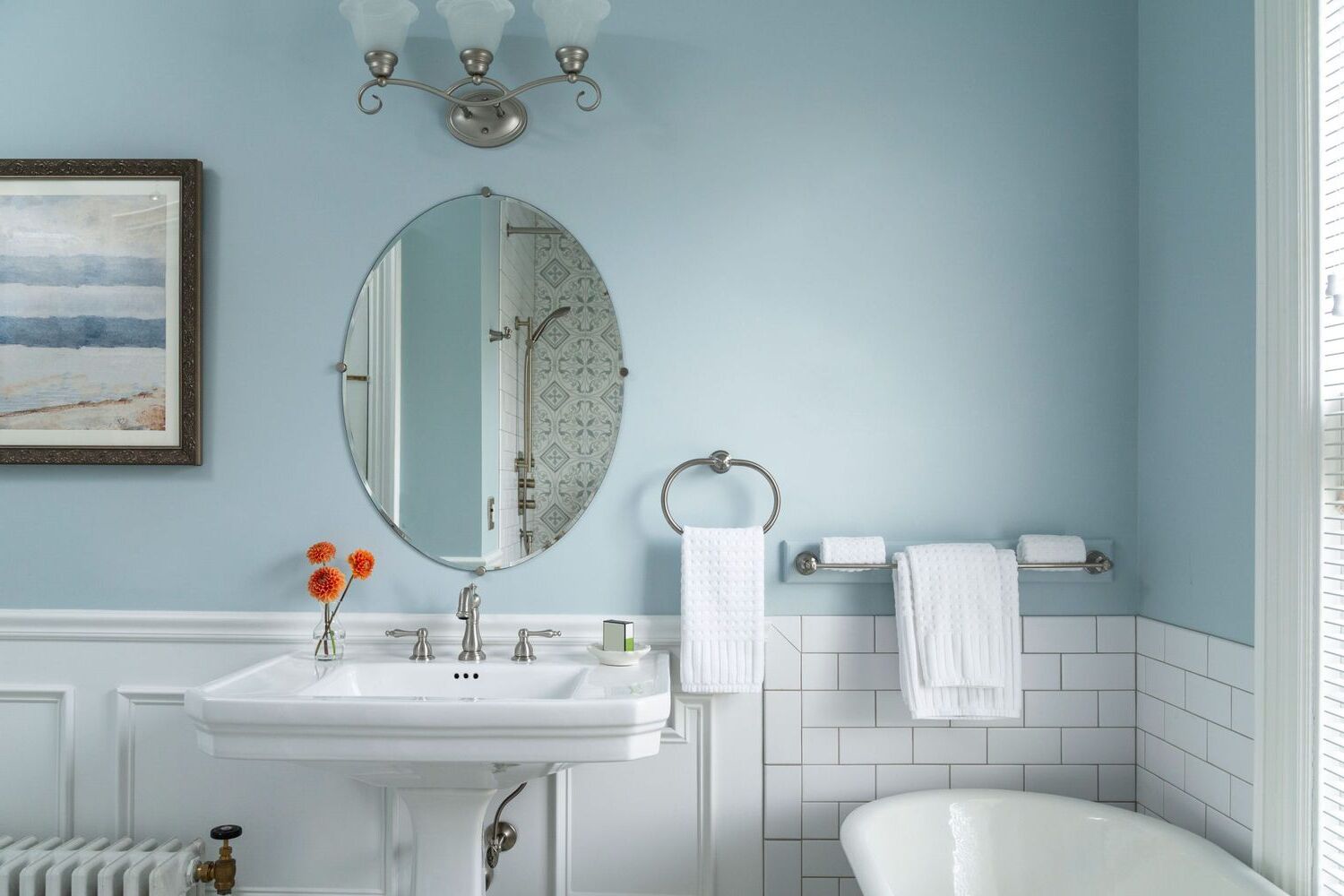
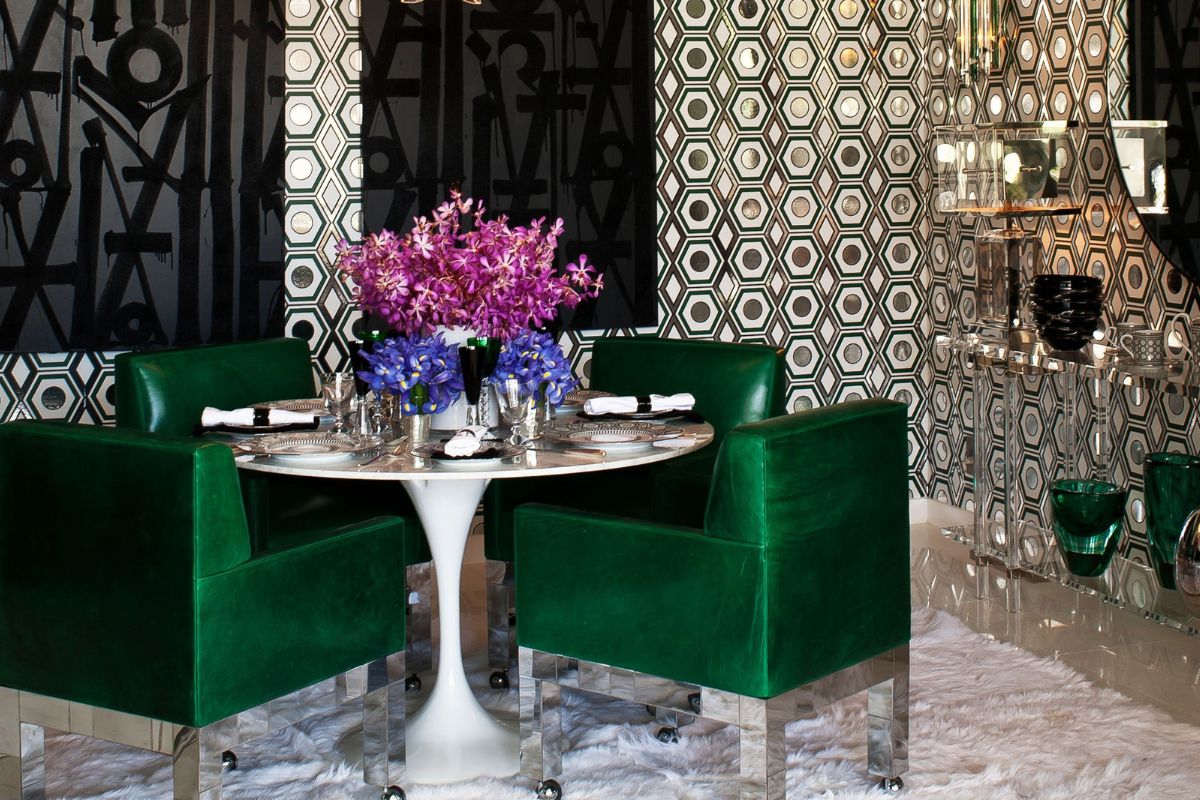
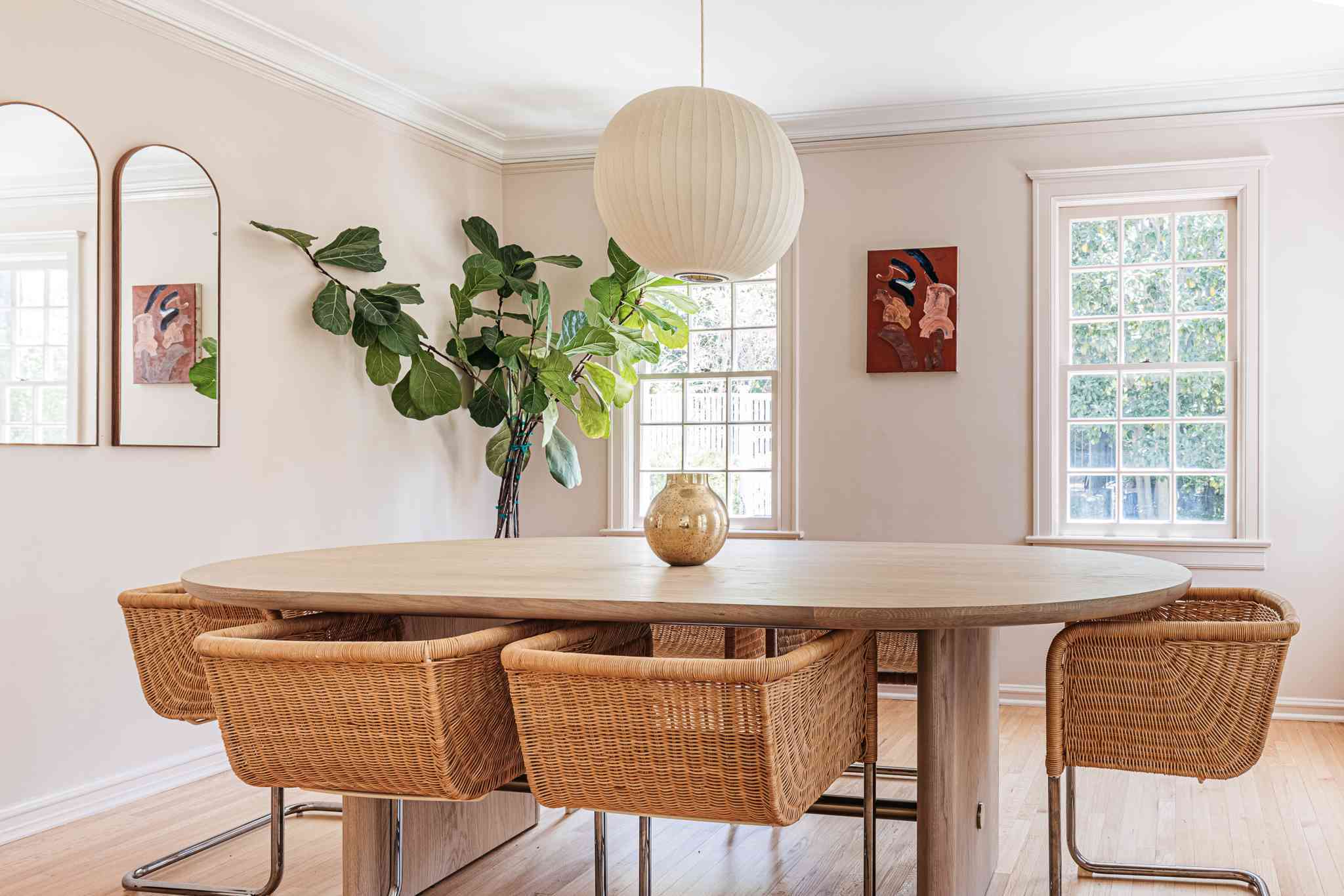
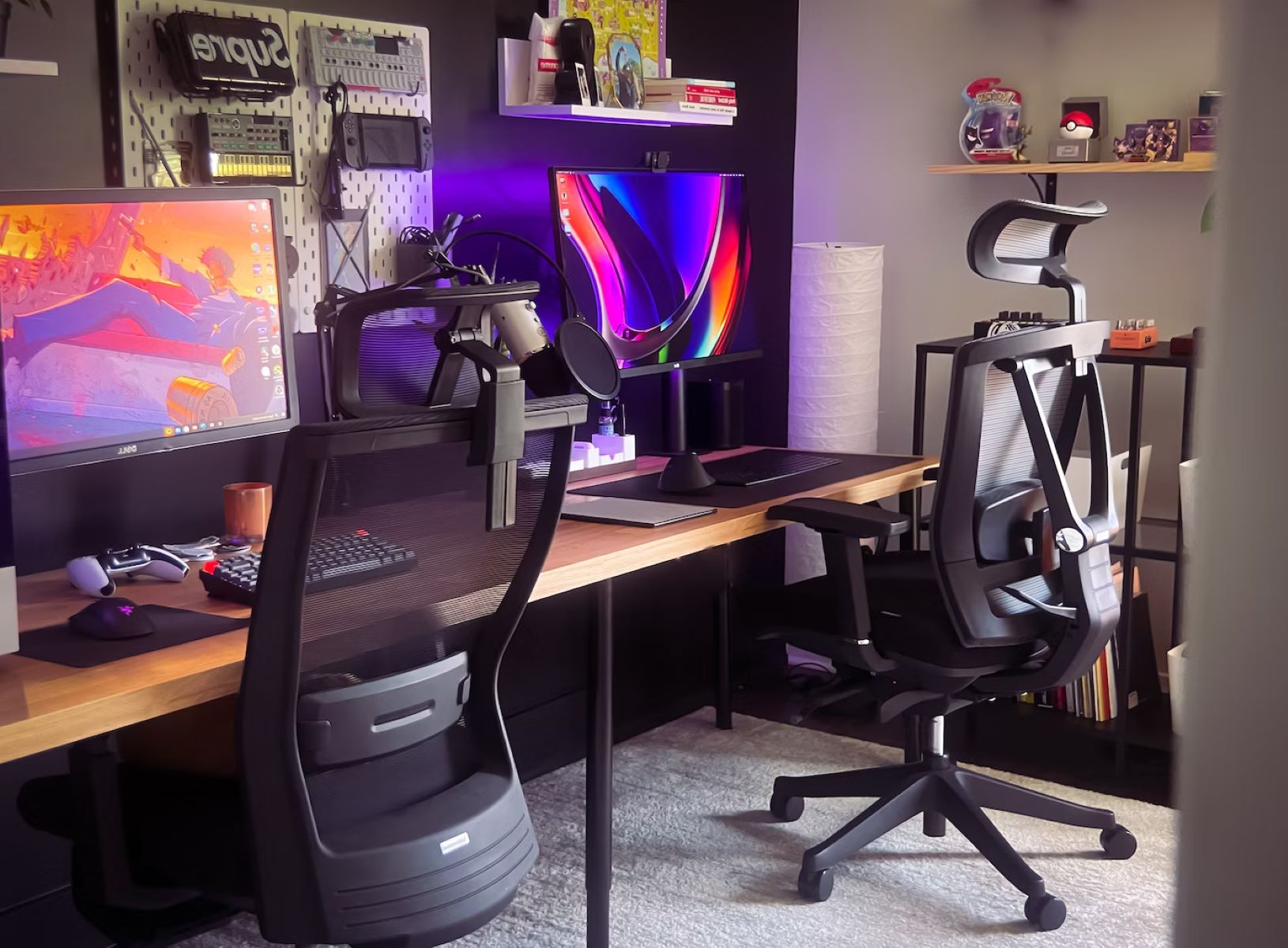
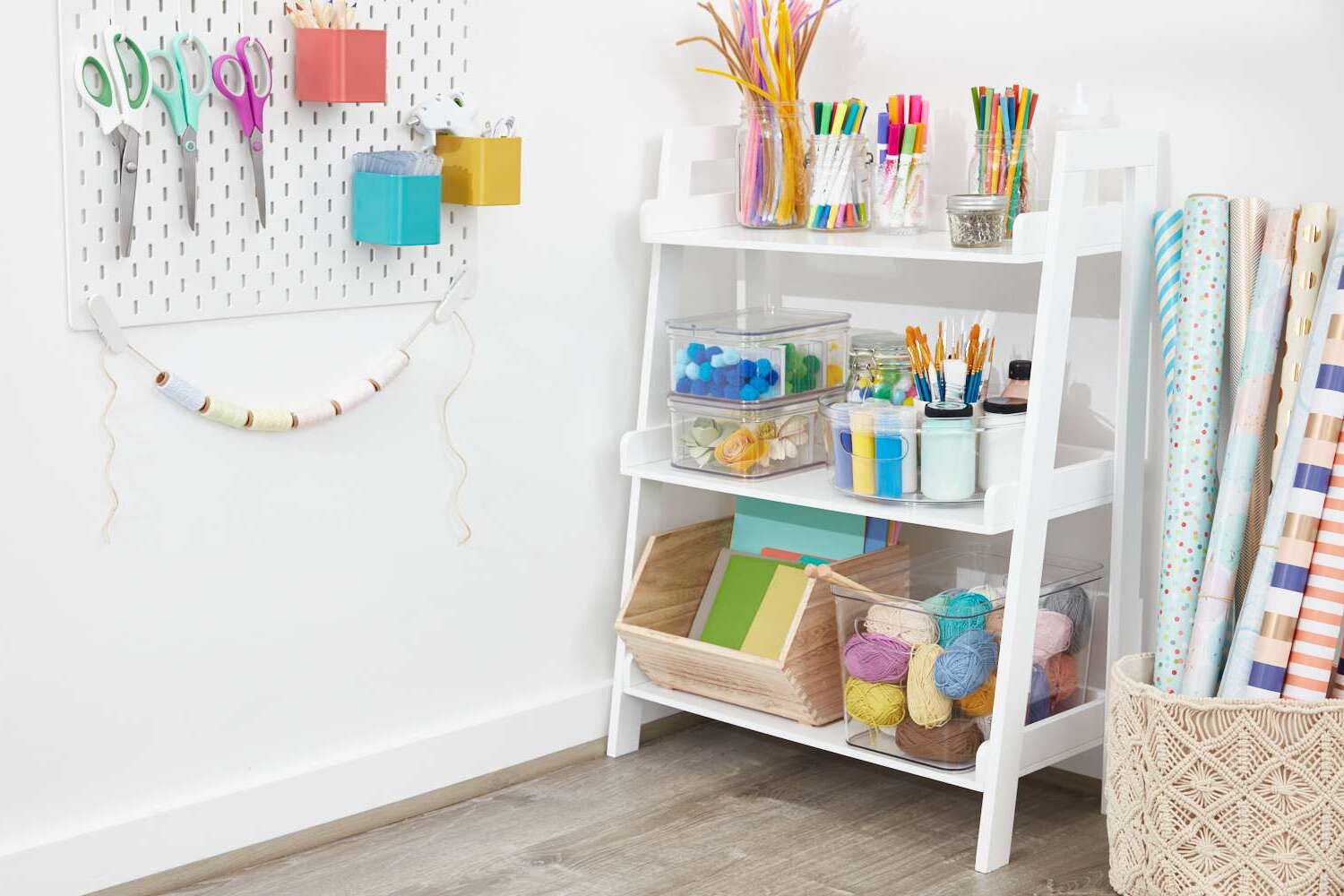
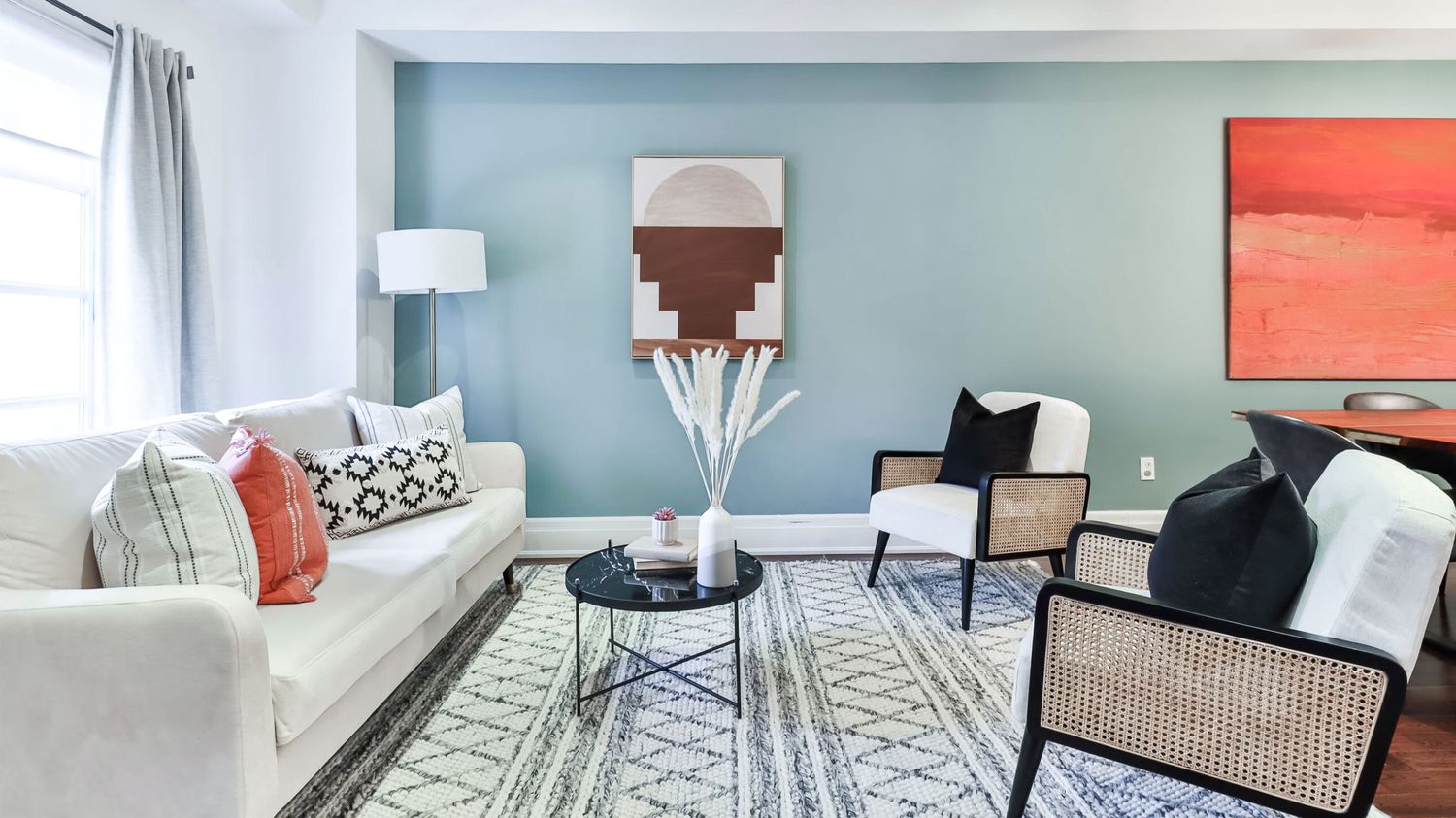
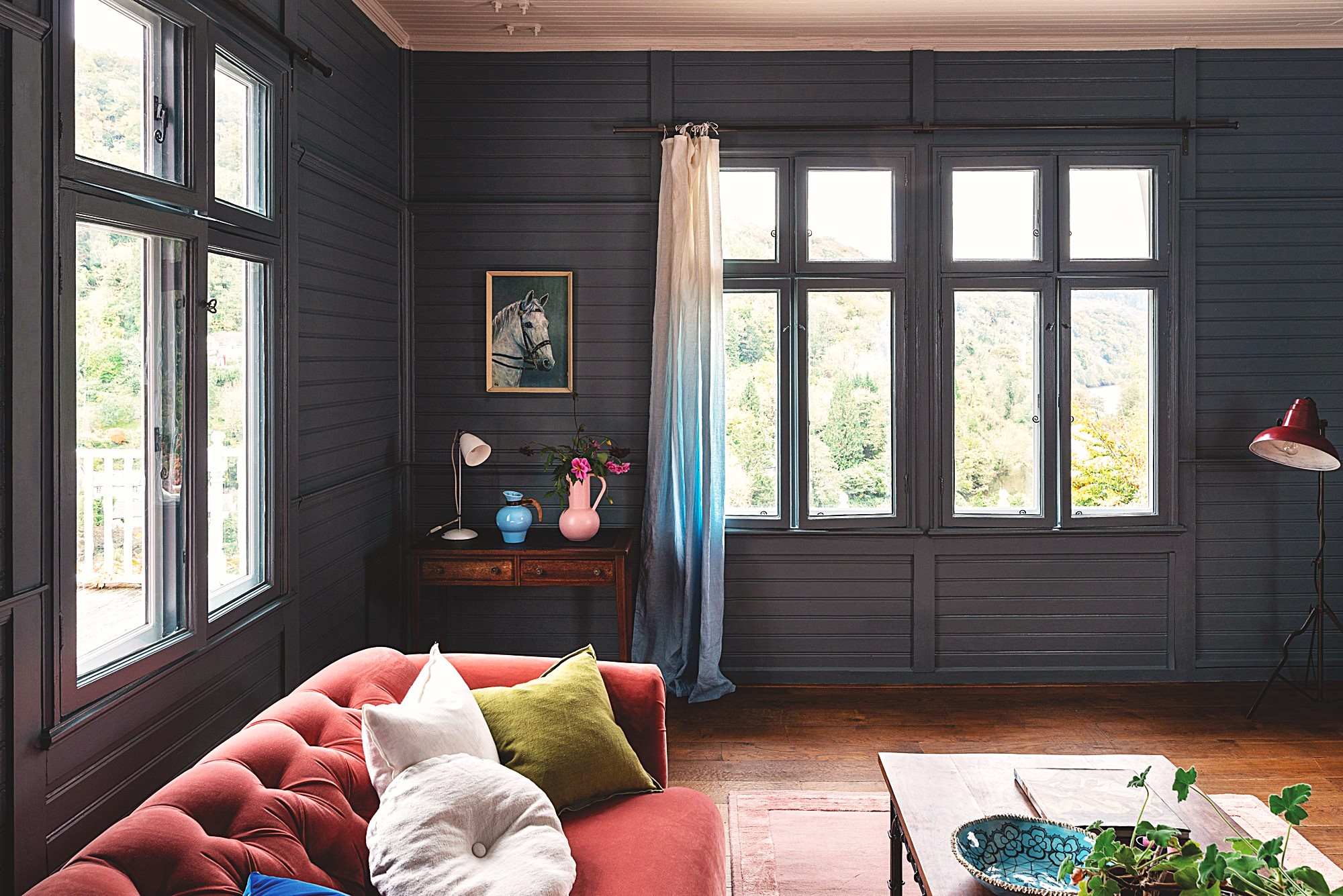
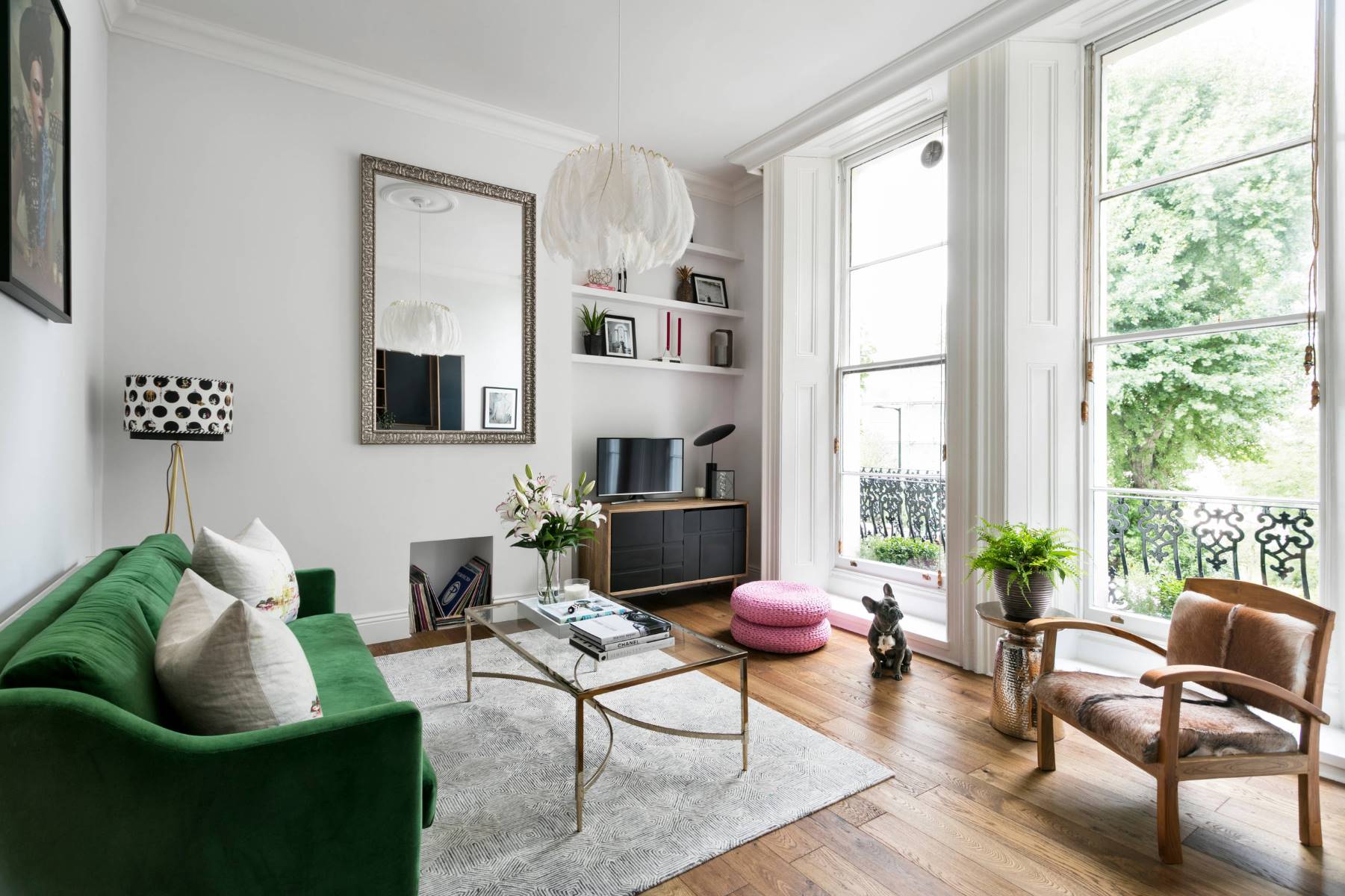
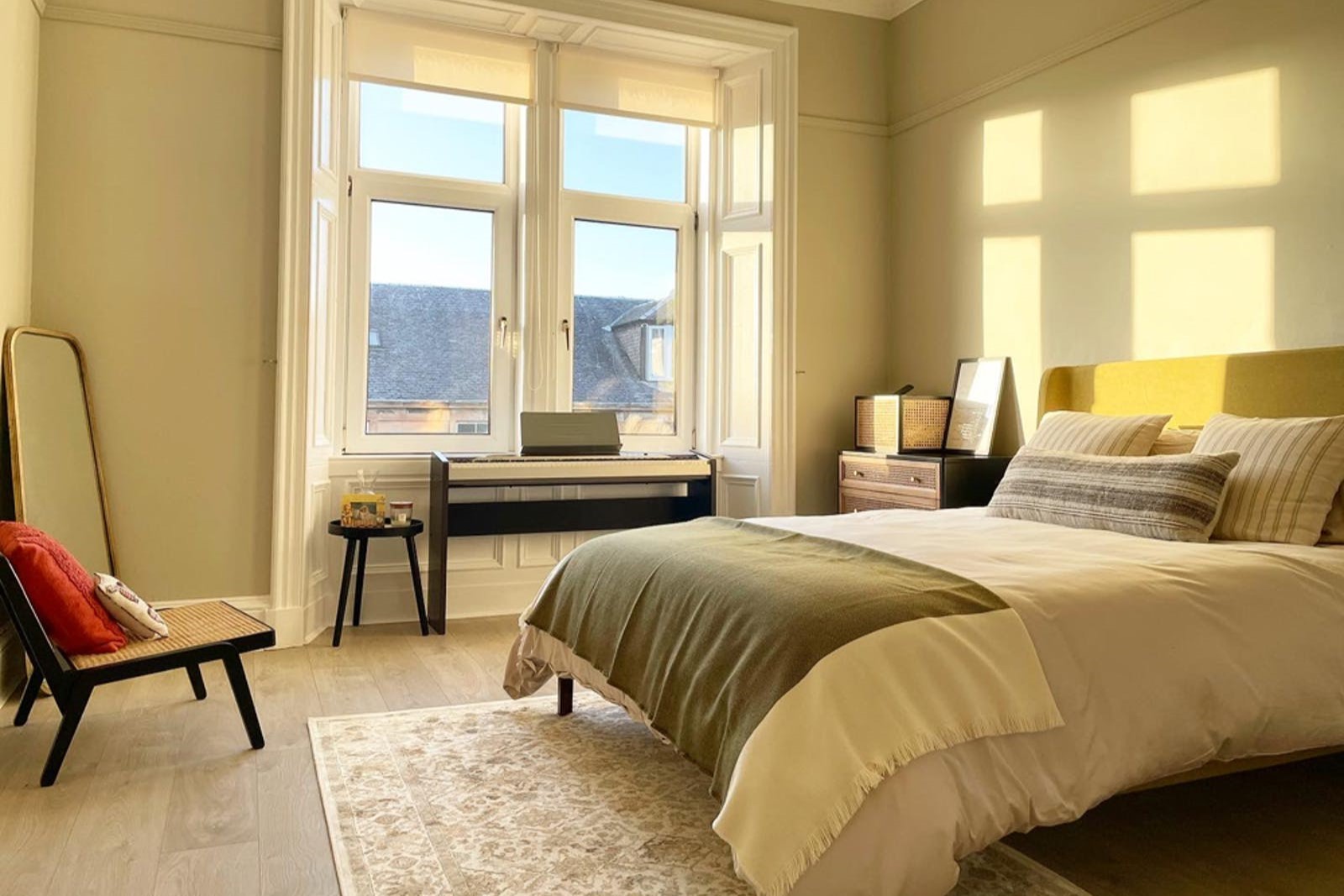
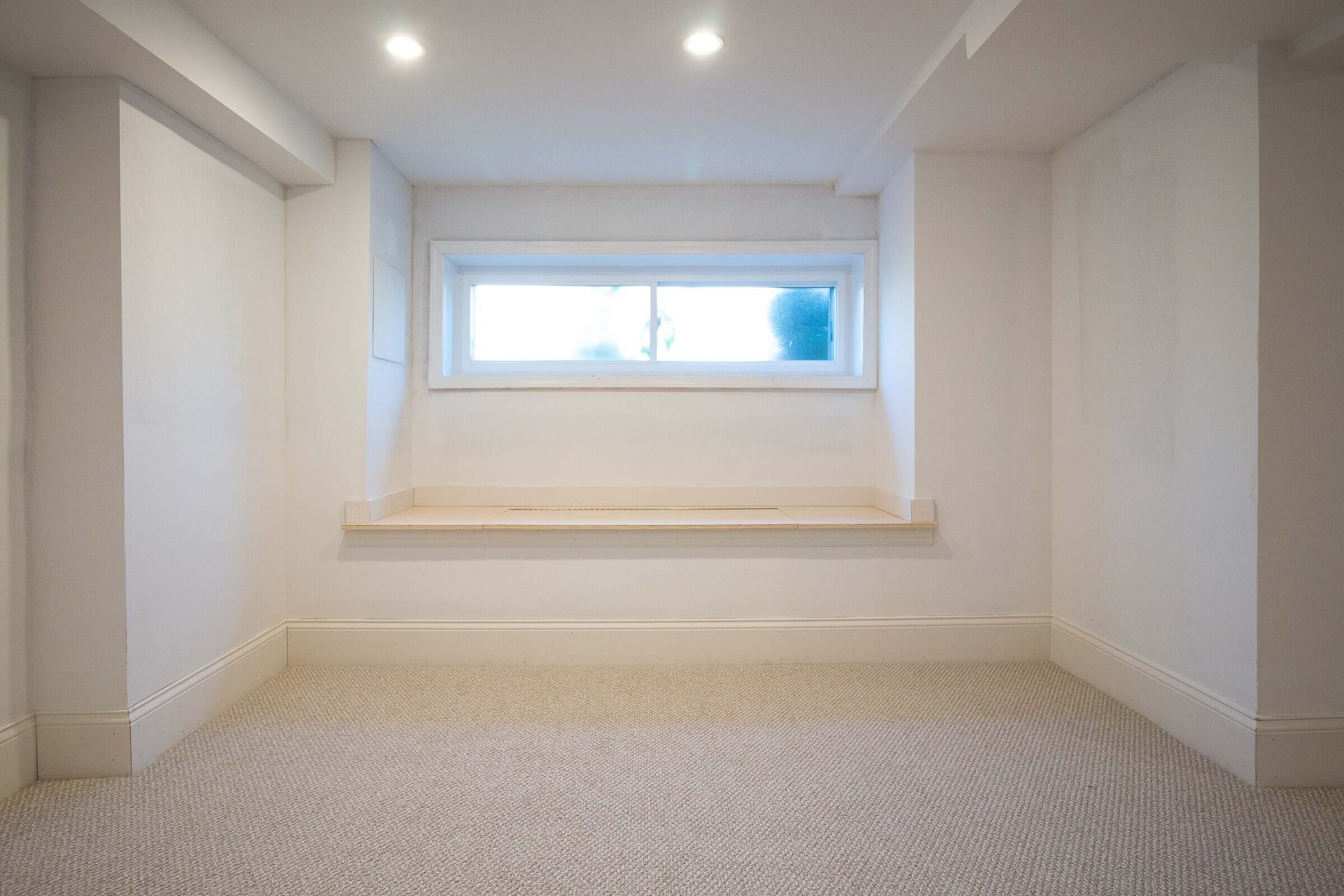
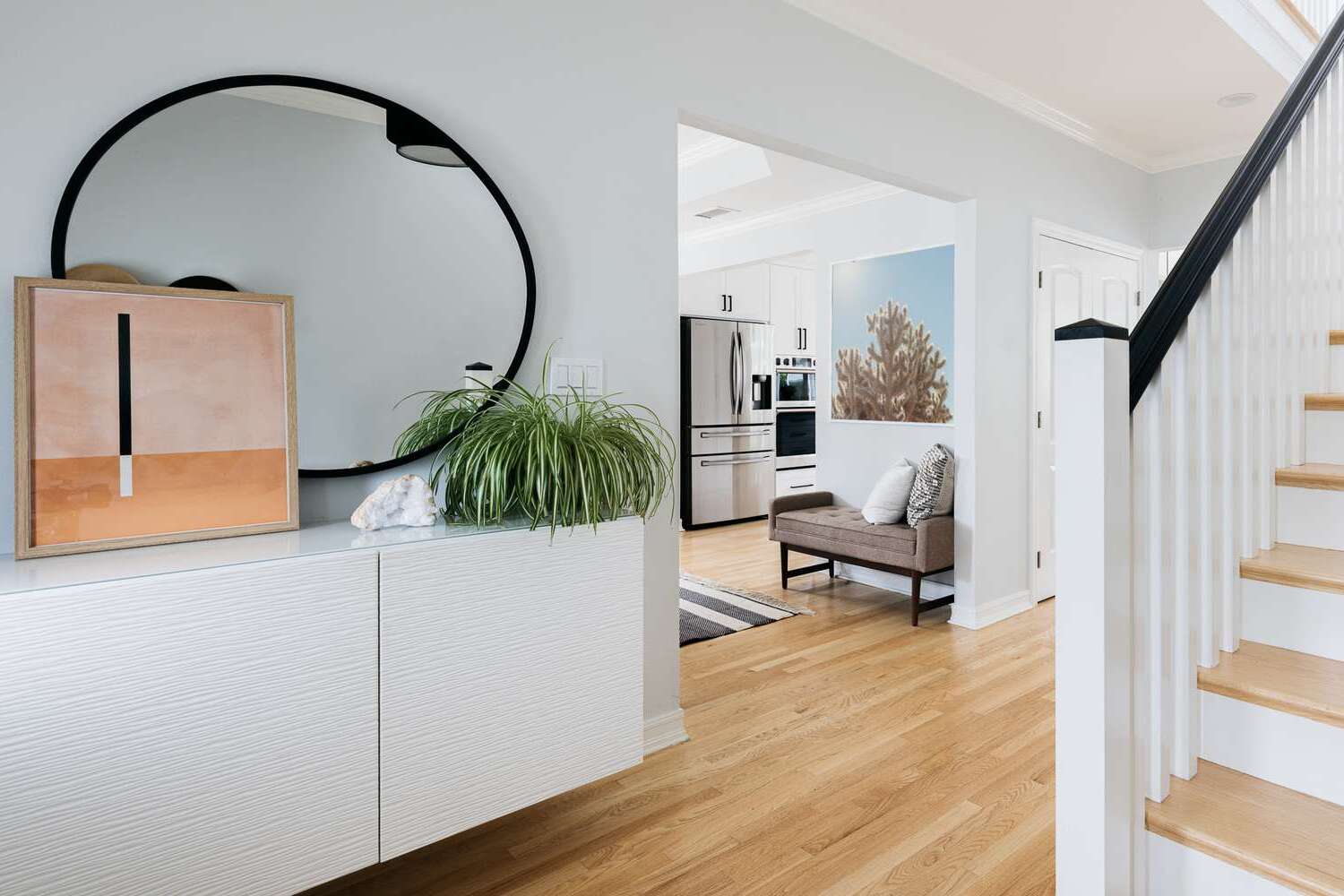
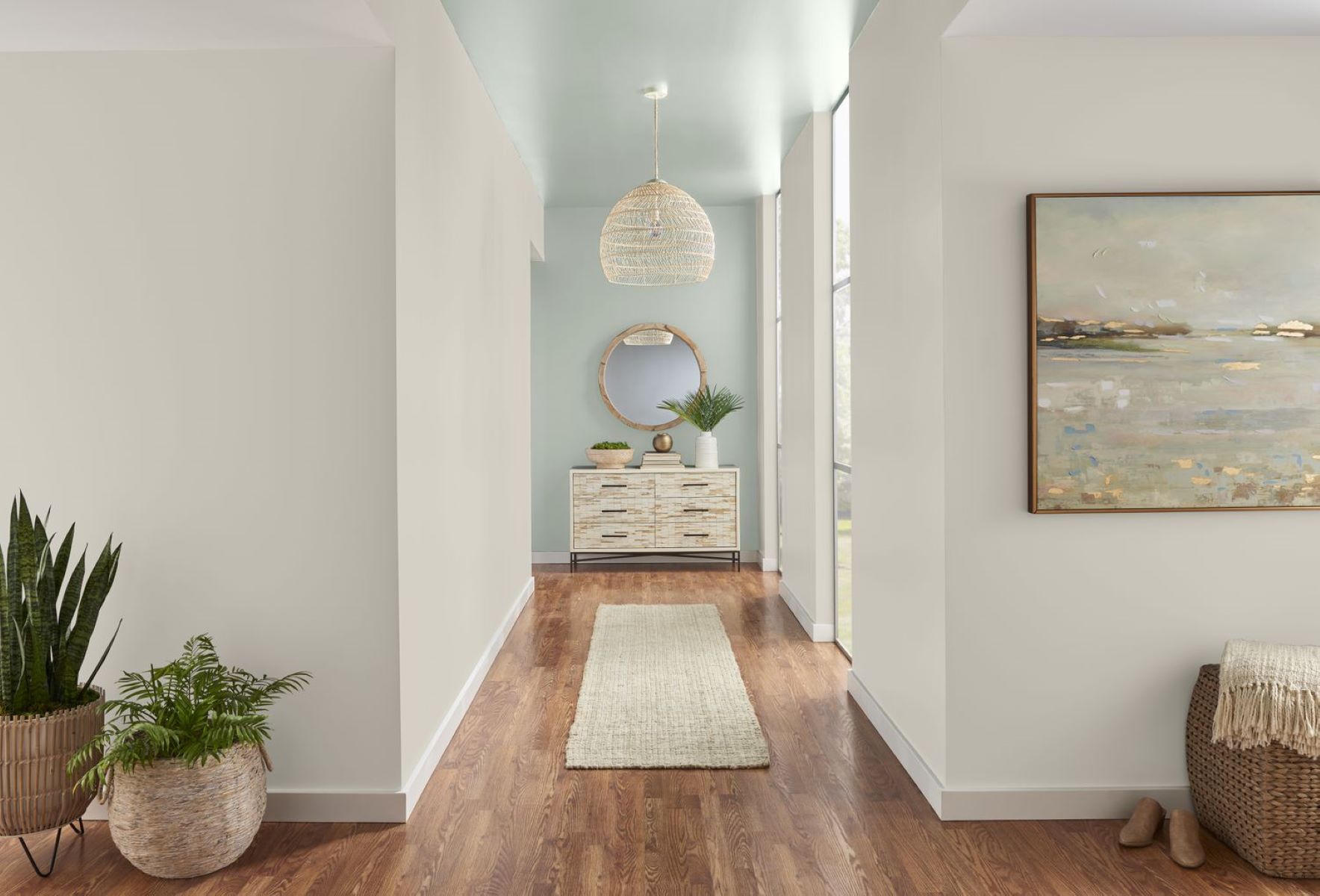
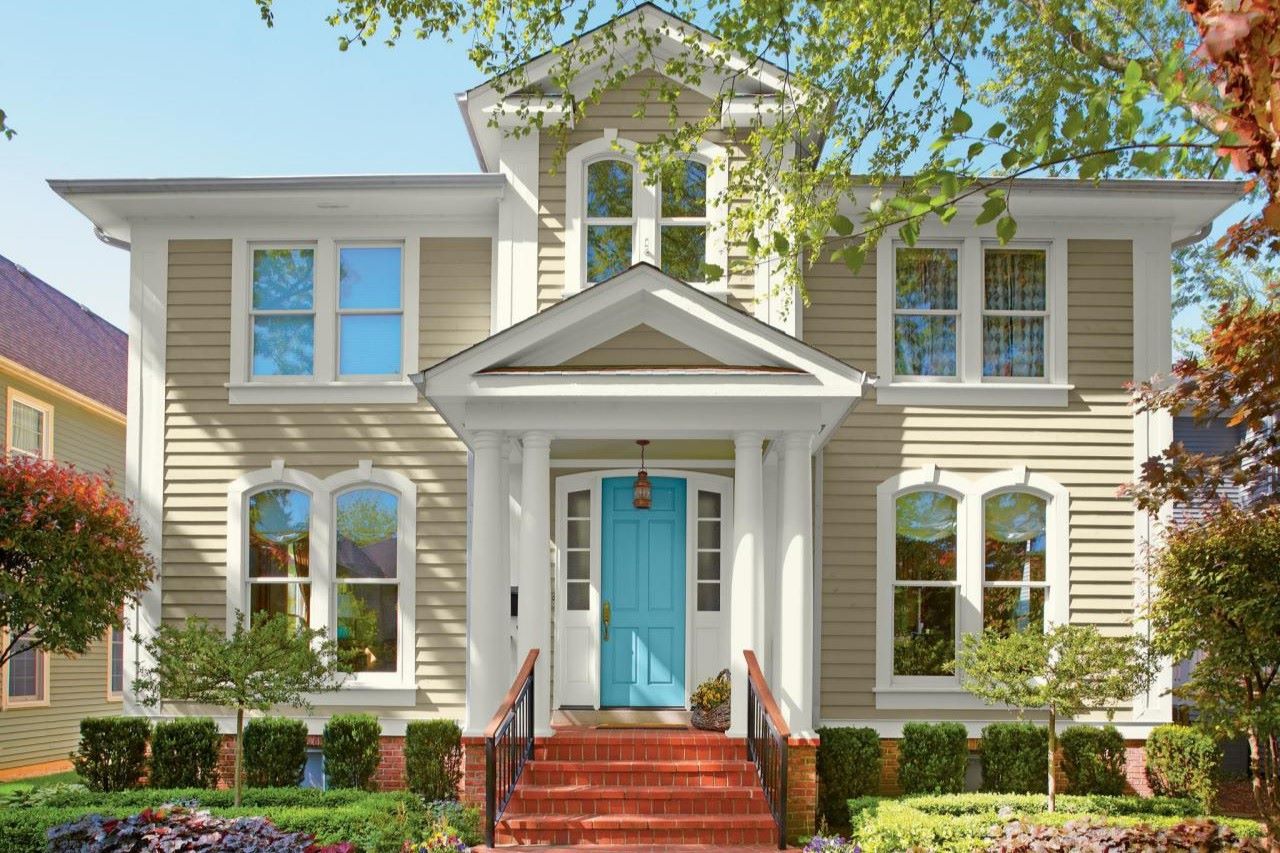

0 thoughts on “How To Choose The Right Paint Colors For A Retrofuturistic Dining Room”